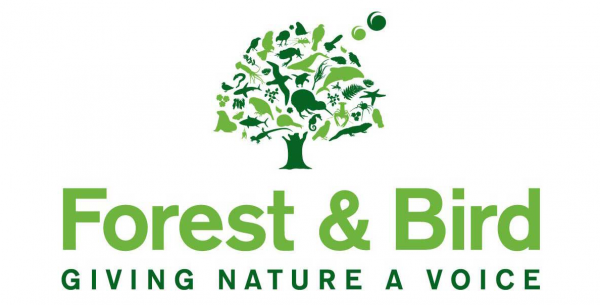
Forest & Bird is congratulating the Government on today’s announcement protecting pristine conservation land from the proposed opencast Te Kuha coal mine.
“This is a hugely significant, forward-thinking decision, that future generations of New Zealanders will be thankful for,” says Forest & Bird Chief Executive Kevin Hague.
In the decision today, Conservation Minister Eugenie Sage and Energy and Resources Minister Megan Woods refused Stevenson Mining access to 12 hectares of public conservation land.
Photos and video footage of the area are available here.
That 12 hectare area only amounts to 11 percent of the proposed 109 hectare mine pit, or less of the mine’s overall 150 hectare footprint. But it is not clear whether the mine will be financially viable without the conservation land, which lies at the top of the ridgeline.
The rest of the land was vested in the Buller District Council as a water conservation reserve. Forest & Bird is fighting a legal case over whether the Crown Minerals Act overrides the Council’s obligations under the Reserves Act to protect the reserve’s natural features. That is due to be heard by the Court of Appeal in Wellington on 9 August.
Forest & Bird lawyers and expert witnesses are also due to appear in an Environment Court appeal against the company’s resource consents, with the case beginning 18 July in Westport.
“We hope this heralds the end of this particular ill-advised proposal,” says Mr Hague. “Forest & Bird has led a long and hard battle against this coal mine already. If the company doesn’t back down now, we will continue that fight harder than ever.”
“This is intact, pristine forest with significant, rare plants that would be permanently destroyed by opencast mining,” says Mr Hague. “The whole area is home to threatened bird, lizard and plant species including the roroa (great spotted kiwi), the South Island fernbird and the West Coast green gecko, as well as the largest known population of the rare forest ringlet butterfly.”
Notes:
Ecological evidence states that the mine would result in the complete loss of approximately 150 hectares of native vegetation.
Excluding conservation land from the mine pit may restrict the pit size by more than 12 hectares because of the increase of benching and stability work required.






Full support to the government for saving sensitive habitats of our species, and stopping use of dirty emission fuels such as using yet more coal.
A win-win for the planet and its species.
Comments are closed.